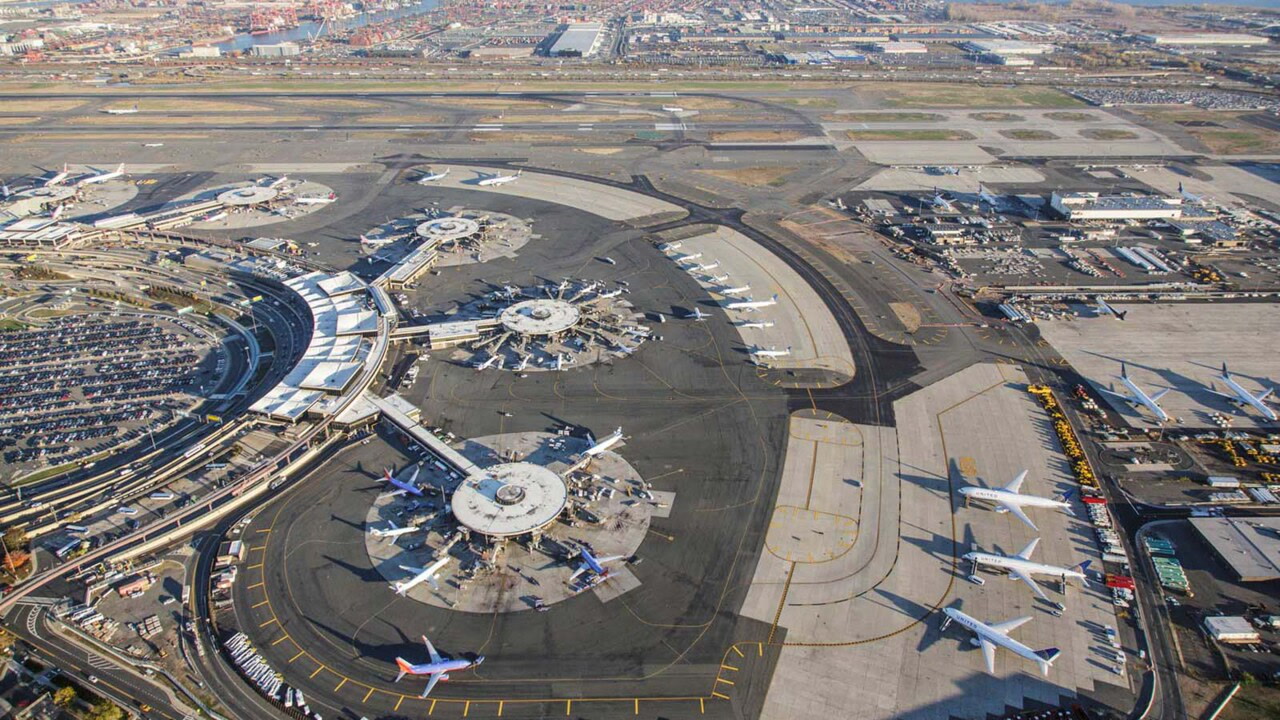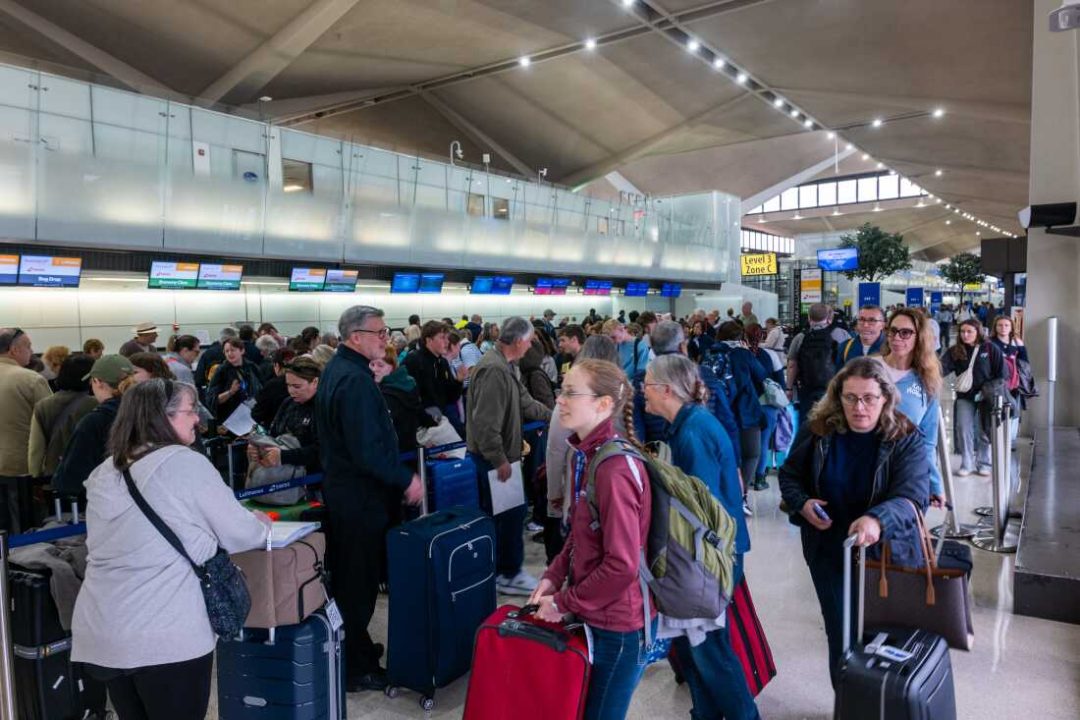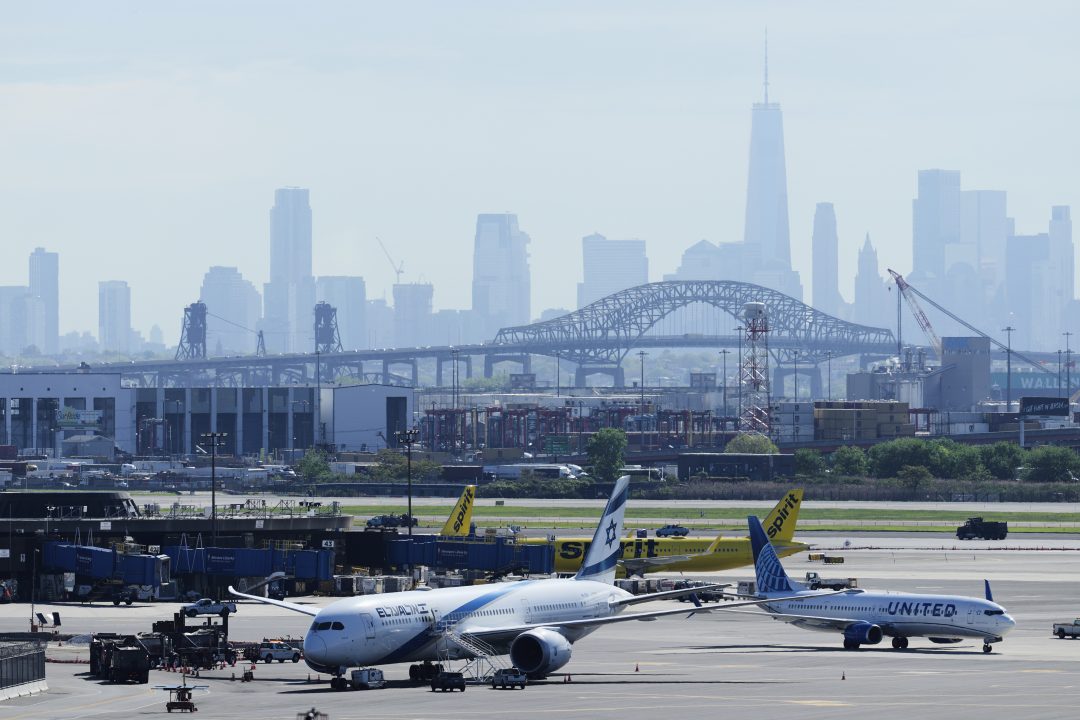Here are four important points from this situation:
- Recent technical issues at Newark Airport have highlighted the interconnectedness and fragility of the current air traffic control system.
- The disruptions are drawing essential attention to the urgent need for modernization of aging infrastructure across major U.S. airports.
- This challenging period is acting as a catalyst, accelerating plans and fostering consensus for significant investment in new air traffic control technology.
- The focus is now on implementing long-term solutions, including upgraded radar and communication systems, to build a more reliable future for U.S. air travel.

While recent technical issues at Newark Liberty International Airport have presented some challenges, affecting travel in major hubs like Philadelphia, Boston, Atlanta, and Chicago, this situation is bringing crucial attention to the need for modernizing our air traffic control infrastructure. Think of it as a clear signal that the system, while incredibly resilient thanks to dedicated professionals and backup procedures, is ready for an exciting upgrade!

These recent events, following earlier disruptions, underscore how interconnected our air travel network is. When one major hub experiences difficulties, it sends ripples across the country. But the good news is, this highlights just how vital and high-stakes air travel is, encouraging swift action and innovative solutions.

Despite the frustrations of delays and cancellations for travelers, this period is accelerating conversations and plans for significant investment in state-of-the-art technology. Officials are acknowledging that relying on aging systems is a challenge, and there’s a growing consensus that now is the time for a forward-thinking overhaul. This proactive approach aims to build a stronger, more reliable system for everyone who flies.
Efforts are already underway to address the immediate concerns and lay the groundwork for long-term improvements. The focus is on enhancing radar capabilities, modernizing communication systems, and strengthening backup redundancies across major airports. While these upgrades will take time and investment, the commitment to creating a more seamless and predictable travel experience for flyers across the U.S. is clear and inspiring. This challenging period is truly a catalyst for building the next generation of air travel infrastructure, promising brighter skies ahead for travelers nationwide!
